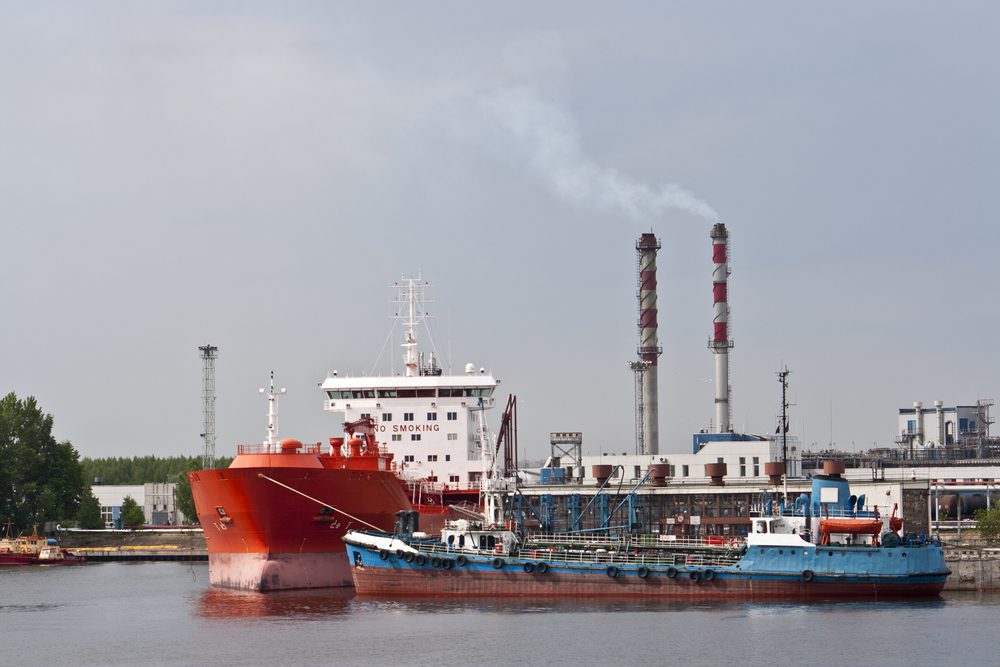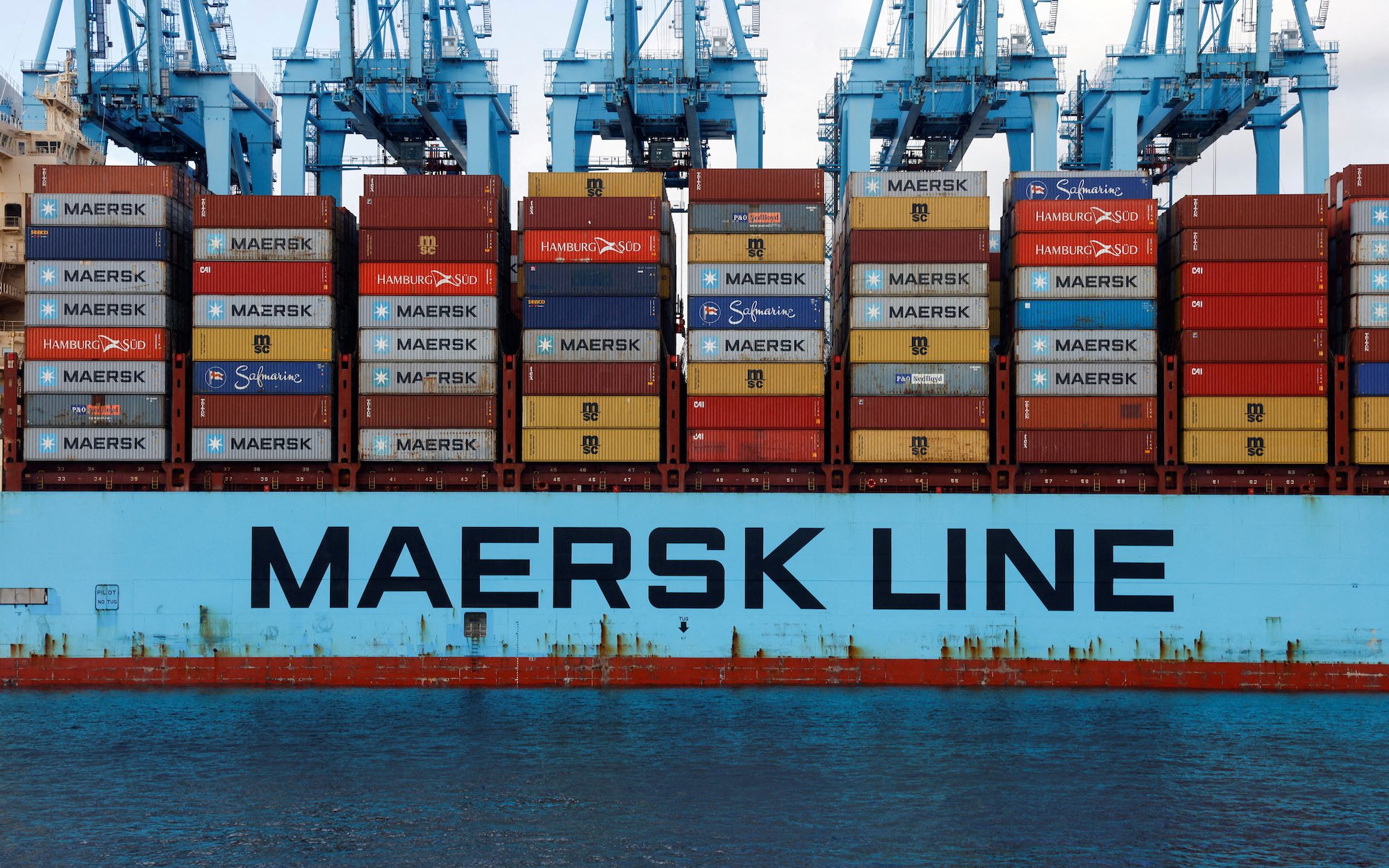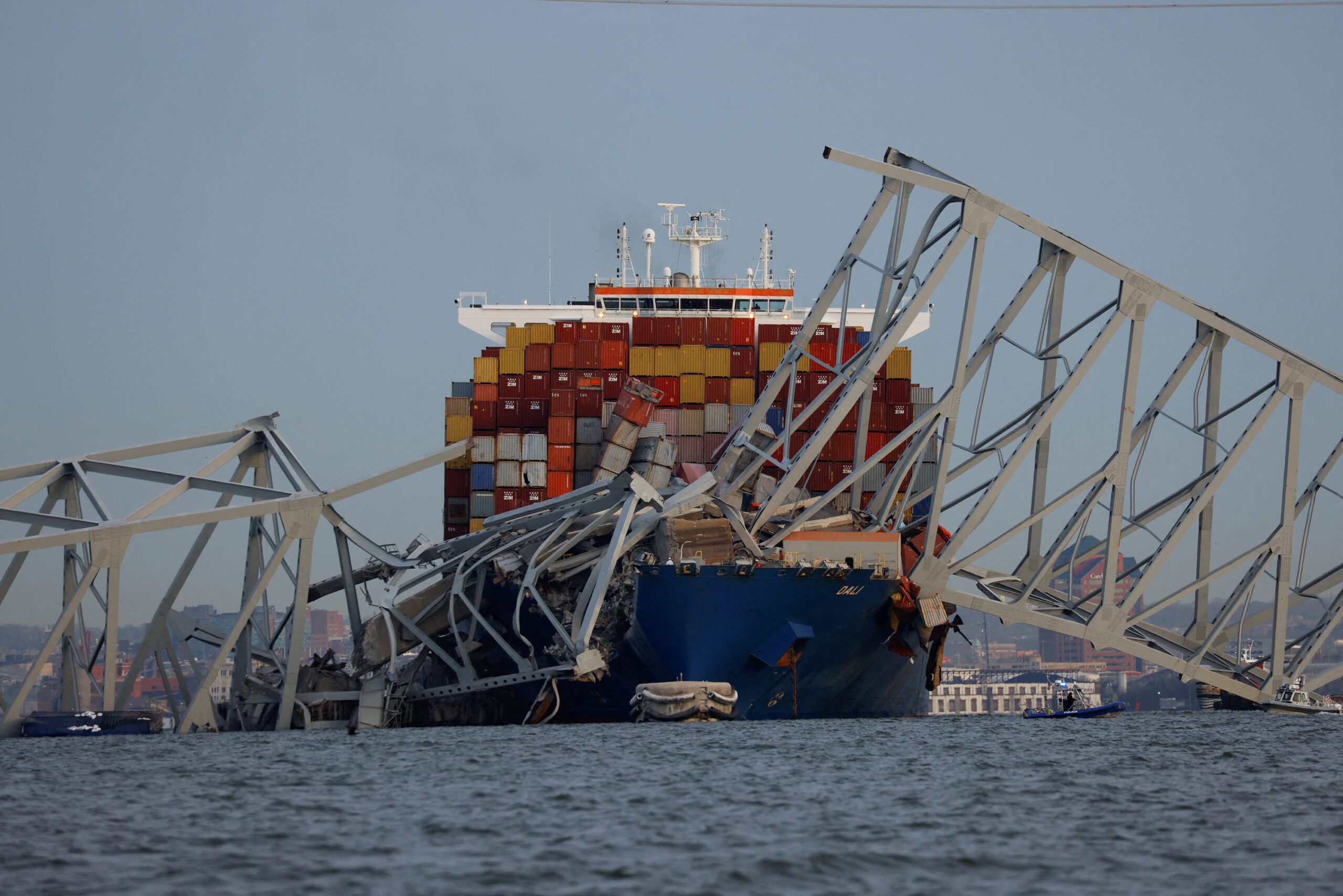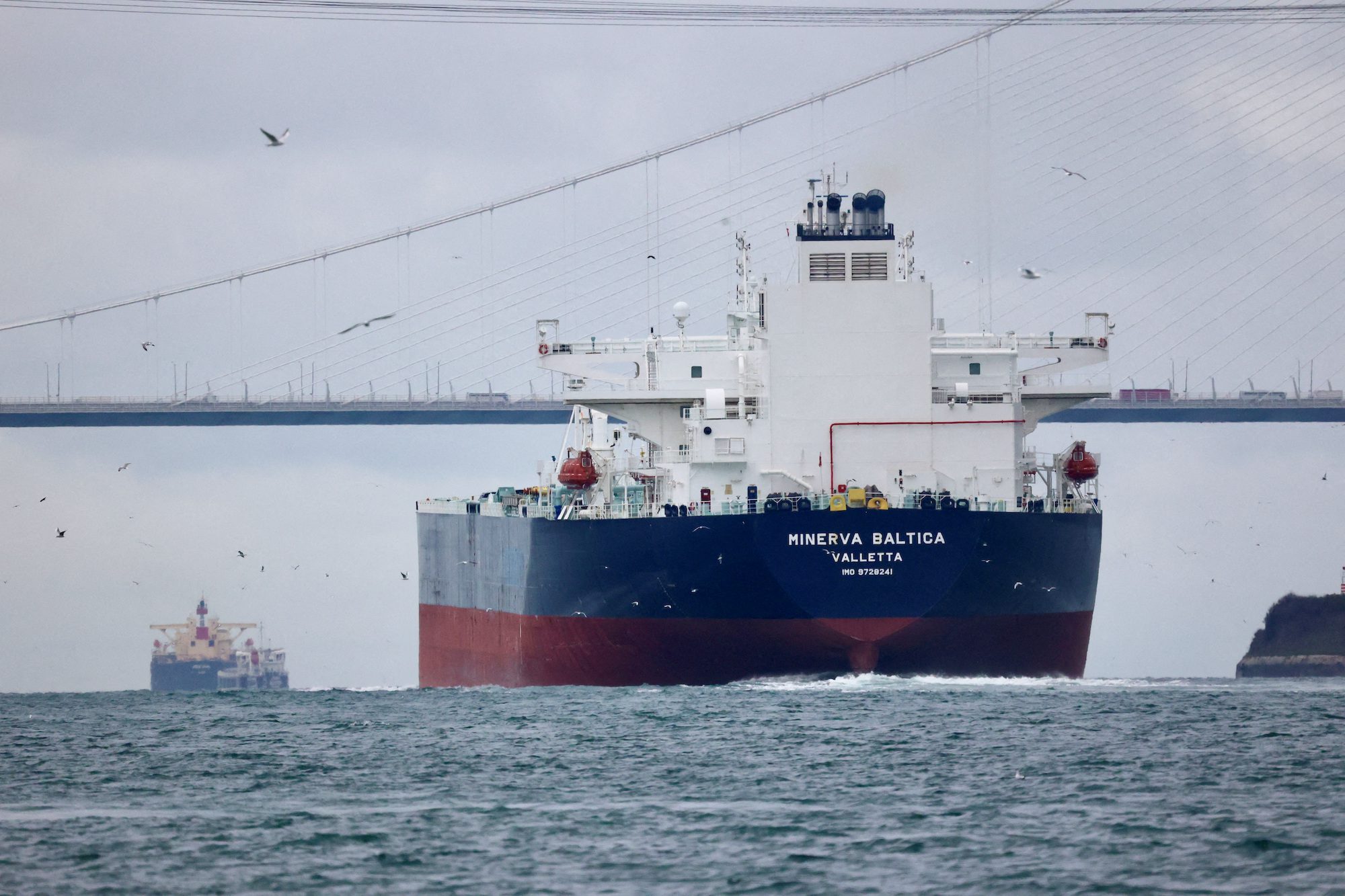By Isaac Arnsdorf
Accelerating world trade means the merchant fleet will burn the most fuel oil ever in 2013, driving ship owners’ biggest cost to a record and boosting profit for Aegean Marine Petroleum Network Inc. and other suppliers.
Demand for bunker fuel will rise 2.2 percent to 3.37 million barrels a day, according to JBC Energy GmbH, a Vienna-based research company. Prices will gain by the same amount to an all-time high of $690 a metric ton, according to McQuilling Services LLC, an industry consultant based in Garden City, New York. Shares of Aegean Marine, the largest independent fuel supplier, will jump 75 percent in 12 months, according to the average of four analyst estimates compiled by Bloomberg.
While the International Monetary Fund says world trade will grow 4.5 percent this year, from 3.2 percent in 2012, that may not be enough to curb the glut of shipping capacity that means most carriers are losing money. The fleet is already the biggest on record and will expand another 5 percent in 2013, according to Clarkson Plc, the biggest shipbroker. Some vessels may sail faster as demand gains, increasing fuel use, said Erik Nikolai Stavseth, an analyst at Arctic Securities ASA in Oslo.
“If world trade speeds up, the fleet speeds up, bunkers go up and vessel supply goes up,” said Simon Newman, the London- based head of tanker research at ICAP Shipping International Ltd. “Ship owners will be the clear losers, as an oversupplied fleet will continue to make it difficult to pass on the cost.”
Fuel Costs
Bunker prices in Singapore, the largest refueling port, averaged $664.10 a ton last year, the most in at least a decade, according to data compiled by Bloomberg. Swaps used by traders to speculate on fuel costs in 2013 traded at $616.75 on Dec. 27, according to data from Freight Investor Services Ltd., a London- based broker of the contracts.
Aegean Marine will report an 81 percent gain in its most widely tracked measure of profit to $48.5 million this year, according to the mean of four analyst estimates. Shares of the Athens-based owner of 67 refueling vessels and barges, mostly operating in Europe, rose 28 percent to $5.22 in 2012 as of Dec. 28 and will reach $9.13 in the next 12 months, the predictions show.
Seaborne trade will expand 4.3 percent to 9.8 billion tons this year, according to London-based Clarkson. Crude-oil cargoes will rise 3.3 percent as trade in dry-bulk commodities such as coal and iron ore gains 4 percent.
Consecutive Quarters
China, the biggest consumer of everything from energy to metals, will accelerate for at least the next six months after growth slowed for seven consecutive quarters, the median of 44 economist estimates compiled by Bloomberg shows. About 90 percent of world trade in goods goes by sea, the Round Table of International Shipping Associations estimates.
The anticipated expansion in trade may be curbed by stalling growth elsewhere. The 17-nation euro area and Japan have already slipped back into recessions, and the Congressional Budget Office says the U.S. economy may contract should policy makers fail to avert more than $600 billion of automatic spending cuts and tax rises scheduled to start this month.
The glut of shipping capacity and unprofitable rates may discourage some owners from speeding up. The merchant fleet of 86,500 vessels moved at an average 5.94 knots last month, compared with 6.48 knots a year earlier, data compiled by Bloomberg show. A very large crude carrier hauling 2 million barrels of oil can earn about $12,000 a day more by sailing at 10.5 knots instead of the standard 14.5 knots, according to DNB Markets, a unit of Norway’s largest bank.
Older Ships
Accelerating trade may also discourage owners from scrapping older ships, prolonging the glut. A total of 45.9 million deadweight tons of capacity will be demolished this year, compared with 59.3 million tons in 2012, Clarkson estimates. That implies a 4.9 percent expansion in combined carrying capacity this year to 1.15 billion gross tons, the shipbroker predicts.
The Baltic Dry Index, a gauge of dry-bulk shipping costs, averaged the lowest since 1986 last year, according to the Baltic Exchange, which publishes rates on 61 maritime routes. The Baltic Dirty Tanker Index of earnings for crude carriers and a measure of charges for six types of containers were the smallest since 2009, according to the London-based Baltic Exchange and the Hamburg Shipbrokers’ Association.
Mitsui O.S.K. Lines Ltd., the owner of the world’s largest merchant fleet, said in October that rising fuel prices reduced its income by 3.1 billion yen ($36.1 million) in the three months to Sept. 30. The Tokyo-based company reported a loss of 5 billion yen for the period. A $100-a-ton change in bunker prices increases or diminishes profit by about $100 million for A.P. Moeller-Maersk A/S, the owner of the largest fleet of container ships, according to its third-quarter earnings report.
Oil Refiners
Aegean Marine sees only a “small” impact from fluctuations in fuel prices because it doesn’t hold inventories for long, Chief Executive Officer Nikolas Tavlarios told analysts on a conference call in August.
World Fuel Services Corp., an intermediary between shipping companies and oil refiners, provides about 12 percent of the industry’s bunkers, according to data compiled by Bloomberg. Shares of the Miami-based company fell 2.9 percent to $40.69 in the year through Dec. 28 and will reach $44.50 in 12 months, according to the average of four analyst estimates.
The largest oil tankers sailing at their design speed burn as much as 95 tons of fuel a day when laden, while a Capesize hauling iron ore uses 61 tons, according to Arctic Securities. At today’s reduced speeds, consumption drops to as little as 40 tons for a crude carrier and 35 tons for a Capesize, the bank estimates. That implies daily fuel savings of as much as $38,000 for supertanker owners, who are currently earning a daily charter rate of $31,516.
“The industry is trying to cope with bunker-fuel prices and doubts about the economic bounceback,” said Antonios Panagiotopoulos, a senior oil-products analyst at KBC Energy Economics, a research company based in Walton-on-Thames, England. “With the recovery of the economy and increase in demand in 2013, we will see inter-regional trade flows increasing.”
Copyright 2013 Bloomberg.
Unlock Exclusive Insights Today!
Join the gCaptain Club for curated content, insider opinions, and vibrant community discussions.

 Join The Club
Join The Club













